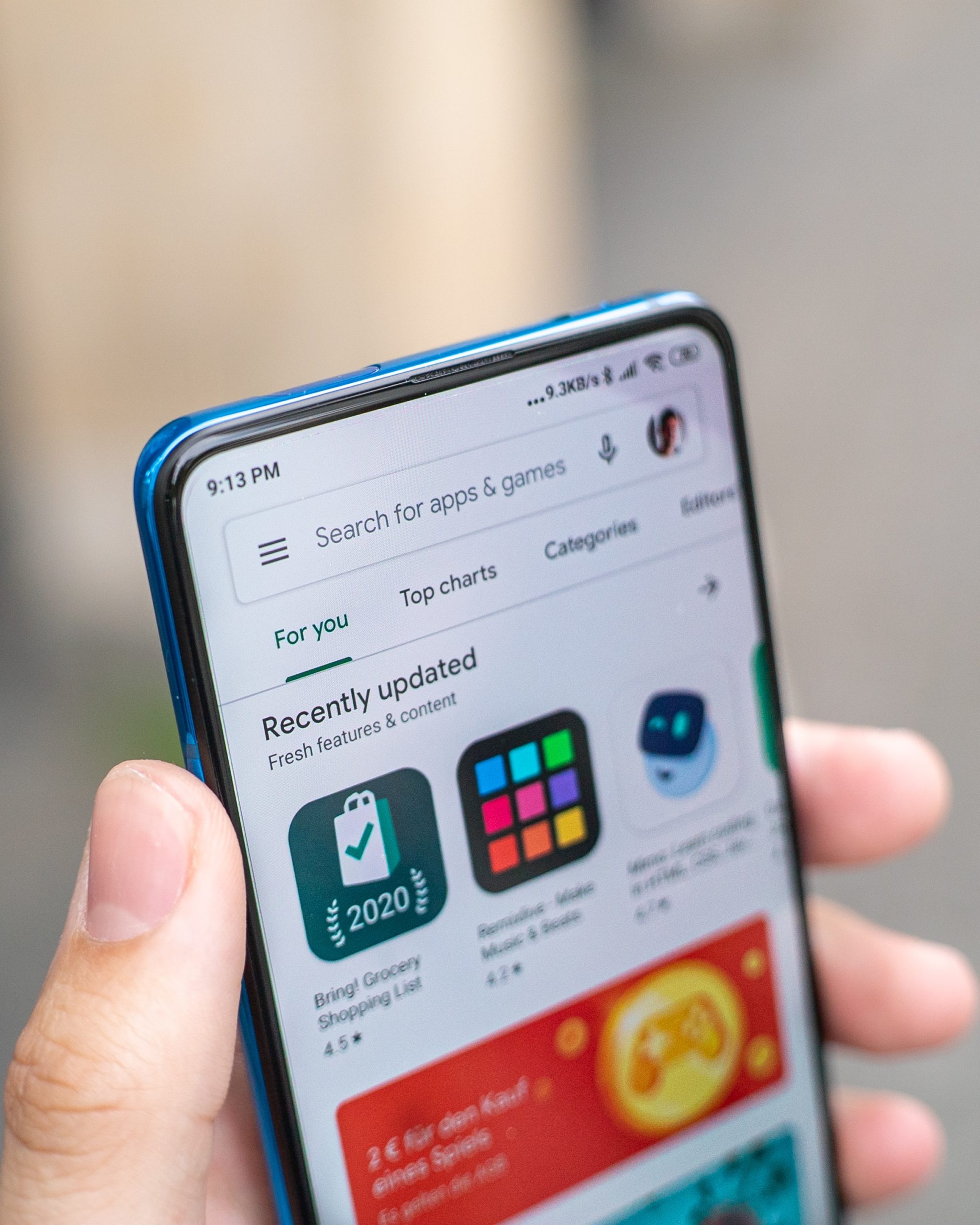

🔬 Research Summary by Ashwin S., a research associate at PreCog, Center for Computational Science, IIIT Hyderabad, India. Their research focuses on the use of mixed methods to diagnose socio-technical systems for inequalities and identify pitfalls in the design process of these systems that lead to these inequalities.
[Original paper by Ashwin S, Arvindh A, Ayushi Jain, Pooja Desur, Pulak Malhotra, Duen Horng Chau, Ponnurangam Kumaraguru]
Overview: Install-incentivizing apps violate Google Play Store’s policy [1] by providing monetary incentives to users for inflating the installs of other apps on the platform. But do these incentives actually work? Who do these apps benefit? Our work uncovers how developers incorporate dark patterns in these apps to extract profits and build a market at the expense of users.
Introduction
Google Play Store is a vast and highly competitive market, featuring over 2.89 million apps on its platform [2] that collectively accounted for over 111 billion installs in the last year alone. [3] As a result, developers spend considerable budgets to employ means that boost the visibility of their apps. Their expenditure for app-install advertising reached a whopping 96.4 billion USD in 2021. [4] The thin line that separates legitimate and illegitimate means in this regard is Google Play Store’s policy, which states the following:
Developers must not attempt to manipulate the placement of any apps on Google Play. This includes, but is not limited to, inflating product ratings, reviews, or install counts by illegitimate means, such as fraudulent or incentivized installs, reviews and ratings.
However, due to its lax implementation, install-incentivizing apps continue to offer users incentives (for e.g. gift cards, coupons, currency etc.) for installing other apps on the platform. Our work focuses on understanding how this violation of Google Play Store’s policy by install-incentivizing apps affects their users. We performed a longitudinal mixed-methods analysis of the top 1,000 most relevant reviews of 60 such apps collected daily over a period of 52 days. Our contributions can be summarized as follows:
- Our qualitative analysis provides a detailed overview of dark patterns [5] that developers incorporate in these apps to deceive users, highlighting several normative concerns these patterns pose to the welfare of users on Google Play Store.
- We also uncover evidence of these apps indulging in review and rating fraud. Our quantitative analysis validates the same by revealing lockstep behaviors [6] exhibited by apps and their reviewers that strongly indicate fraud.
How labor is constructed on the Google Play Store
Dark Patterns and Normative Concerns
Install-incentivizing apps rely on users to install other apps in return for incentives. However, as reviews under these apps describe, redemption of incentives often becomes a strenuous task for users due to presence of dark patterns. We highlight a few examples of the same below:
| “100000 is equal to 10 dollars. Just a big waste of time. You can not reach the minimum cashout limit” [unattainable withdrawal limit] | “Most offers say that the user isn’t eligible for them, after you complete them! Keep in mind you may not be eligible for 90% of the offers” [hidden costs] |
| “I redownload the app since the app would crash all the time … I logged in and guess what?? ALL MY POINTS ARE GONE.. 2 days grinding and getting 12k points all gone.. are you kidding me?” [progress manipulation] | “If you enter your phone number into this app then you’ll be FLOODED with spam texts and scams. I woke up this morning to a whopping 17 spam texts!! I might have to change my phone number because I unwittingly trusted this pathetic scam app” [privacy violation] |
In the above cases, it becomes either challenging or impossible for users to access the promised compensation for their labor of installing other apps. These scenarios allow developers to benefit at the expense of users. At the user level, these expenses span three normative concerns – financial loss due to lack of compensation, invasion of privacy from non-consensual data sharing and cognitive burden where the information architecture of apps manipulates users into making certain choices. To understand how install-incentivizing apps disrupt the collective welfare of Google Play Store as a market, we list three additional concerns. It is due to high competition (C1) that developers incorporate dark patterns in these apps to extract wealth and build market while exploiting users. The insidious nature of their concerns at the user level also poses a serious threat to the price transparency (C2) and trust in the market (C3) of Google Play Store.
Lockstep Behaviors
In qualitative analysis of reviews under install-incentivizing apps, we also came across instances where users appreciated the apps. Such reviews, however, were relatively shorter and lacked sufficient context to explain how these apps benefitted their users. We highlight two examples below:
| “Great app, I received my rewards, very nice and a lot of fun” | “Great app, a lot of game… just have some fun” |
Excessive use of adjectives in these reviews and unrelatedness to the apps raised further suspicion about their credibility. Going forward, we discovered evidence of fraud in some reviews where these apps offered incentives to users for rating and reviewing them.
| “I rated it 5 stars to get credits. In reality most offers only trick you to download the game.” | “They ask you to rate 5 stars for 100 points but give you nothing.” |
Upon further investigation, we discovered lockstep behaviors among these apps and their reviewers that strongly indicated fraud – more specifically, groups of reviewers reviewing common apps while writing similar content in their reviews and groups of apps sharing common reviewers. Such writing of fraudulent reviews by underpaid crowd-workers is the second form of labor we discuss in our work.
Between the lines
Our work sheds light on how lax implementation of Google Play Store’s policy on fraudulent installs, ratings and reviews empowers developers of install-incentivizing apps to deplete the trust and transparency of the platform. The lack of accountability in this scenario enables developers to commit fraud (incentivized installs and reviews) and extract profits by extorting labor from vulnerable users and underpaid crowd-workers. However, one may ask, if reviews under these apps explicitly describe exploitative experiences of users, what is it that facilitates their continued exploitation? For now, we can only conjecture based on evidence that fraudulent positive reviews suppress the ranks of reviews containing exploitative experiences of users. To this end, we aspire to investigate the same through a rigorous analysis of Google Play Store’s review ranking algorithm in our future work.
Notes
[1] https://support.google.com/googleplay/android-developer/answer/9898684
[2] https://www.statista.com/statistics/266210/number-of-available-applications-in-the-google-play-store/
[3] https://www.statista.com/statistics/734332/google-play-app-installs-per-year/
[4] https://www.statista.com/statistics/986536/mobile-app-install-advertising-spending-global/
[5] Dark patterns are tricks embedded in apps that make users perform unintended actions. Read https://www.darkpatterns.org/ for more.
[6] Lockstep behaviors refer to groups of entities acting together in synergy. For e.g. groups of reviewers writing similar reviews on the same apps
